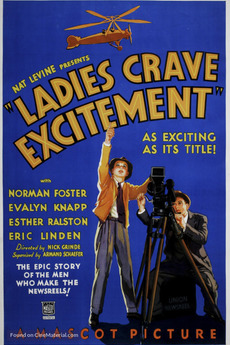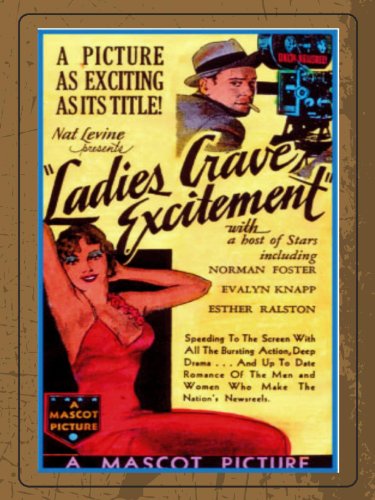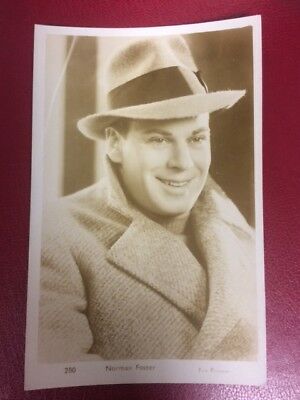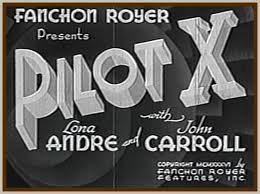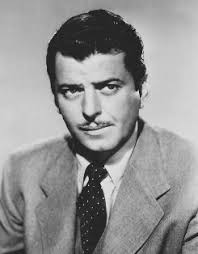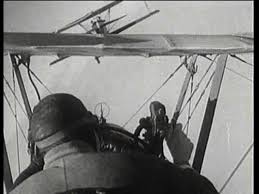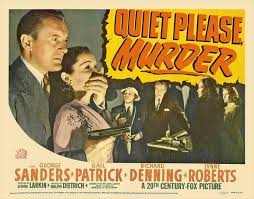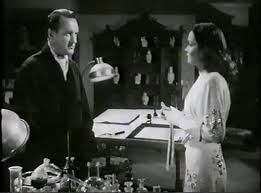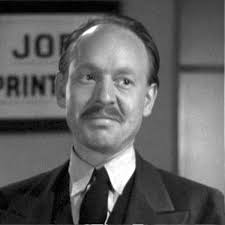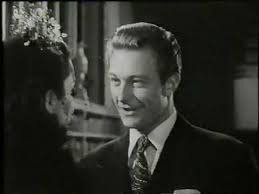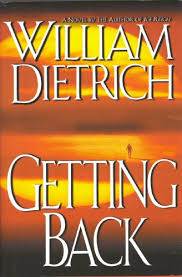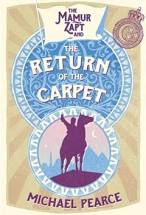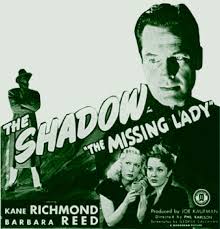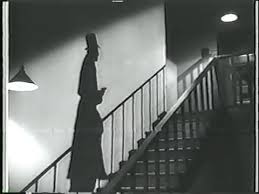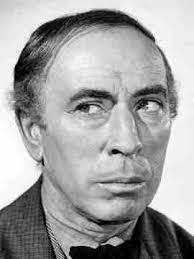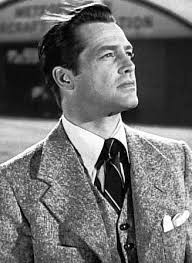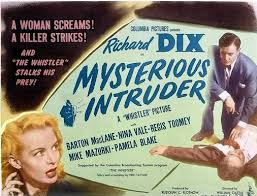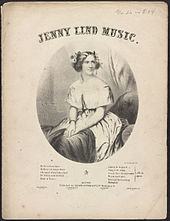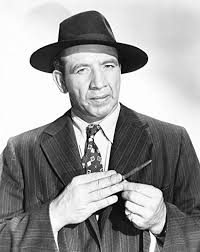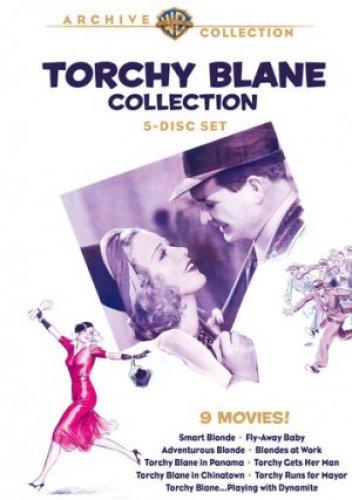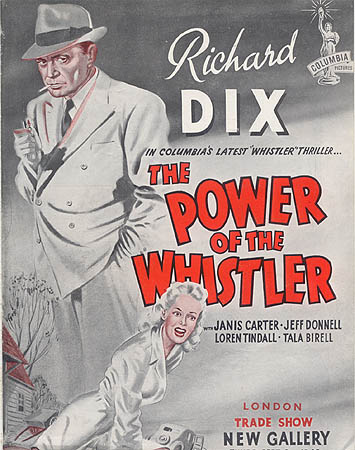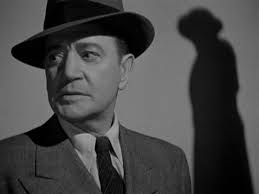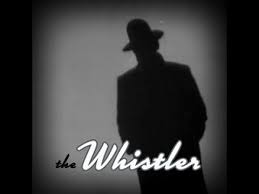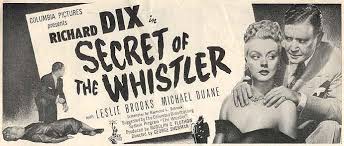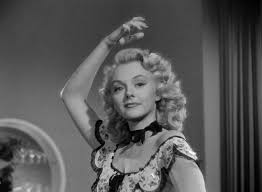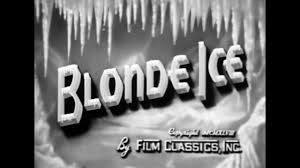The Death Kiss (1932)
IMDb meta-data is 1 hour and 15 minutes, rated 6.0/10.0 by 854 cinematizens.
Genre: Mystery
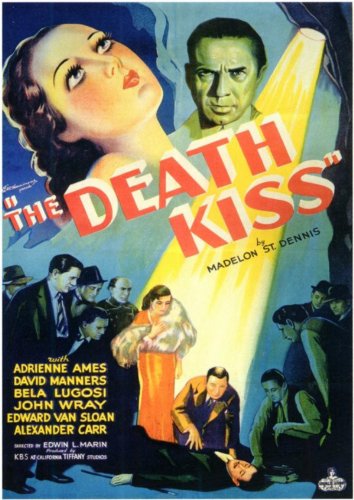
Verdict: Intriguing
In the opening scene after a parting kiss from the glamorous leading lady the tuxedoed lead is shot and falls down. The camera pulls back to reveal the sound stage only five years or so after the first talkie. ‘Cut!’ yells the director. He is no William ‘One Shot’ Beaudine and wants a second take. Is that suspicious or what? As the actors slowly resume their floor marks, Mr Tuxedo continues to lie comfortably on the floor which is eventually noticed.
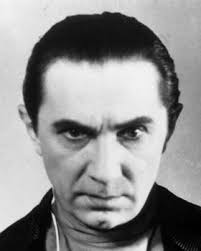
You guessed it. He’s dead, Jim. That prop popgun was loaded, or was it? Studio executives including a wasted Bela Lugosi would rather sweep Tuxedo under the carpet and go on. Bad publicity, cost overruns, coffee breaks, and other KPIs are more urgent than a murder. No one can be more suspicious than Lugosi doing nothing. All eyes are on him. He does nothing. Whoa!
Meanwhile, Plod appears and proves inept. At the same time a scriptwriter finds it amusing to make remarks and interfere with the investigation. He has designs on the leading lady who seems to have had a motive to terminate Tuxedo’s life contract. Plod is only too happy to settle for the obvious.
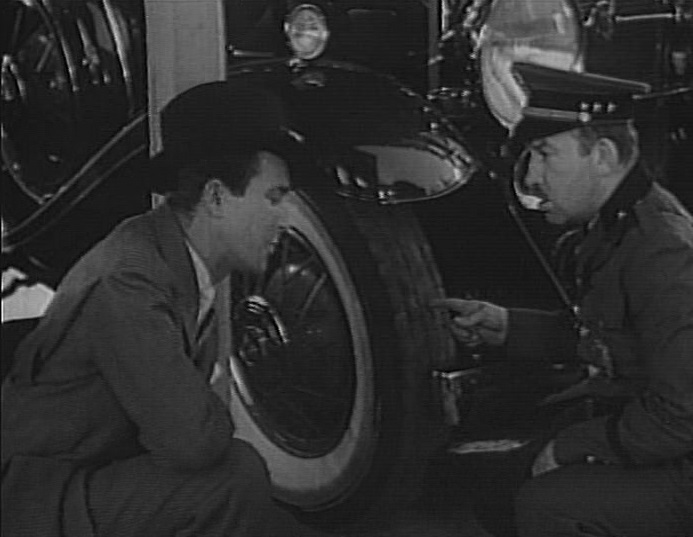
What follows is a nice police procedural as Writer pieces it together while plod follows. There are arc lights, battery acid, car tire prints, no finger prints where there should be, hotel bills, phone calls, a re-enactment, and a left-handed note. All of that exposition was handled rather well, though the comic irritation studio Dick who accompanies Writer was surplus. This Dick is even dumber than Plod. The villain is of course the one least suspected. See above.
Before there was a poverty row there was Tiffany Studios. Of more curiosity is the leading man, David Manners, who was born Rauff de Ryther Daun Acklom in Halifax Canada. He had a short Hollywood career in the 1930s that included the lead in two classics: Dracula and The Mummy, but found it boring, and quit. He continued to act in the theatre in New York City, and then retired to paint, garden, think, and live on the real estate investments he made with his movie income. Would that others retired early and spared the viewing public. Send nominations for retirement to ….
Speaking of Dracula, Bela Lugosi was born in Transylvania then in Hungary now in Rumania. He volunteered for the Austro-Hungarian Army in World War I in which service he was wounded three times on the Russian front. When the Russians left the war he was transferred to the Italian front. After the war, he became involved in communist agitation, eventually emigrating to the United States. He was a founder of the Screen Actors Guild. In the 1950s he was blacklisted and his career languished. None of the major studios would touch him for fear of HUAC reprisals. He had to take the roles offered by independent producers which inevitably sought to capitalise on his fame as Dracula.

